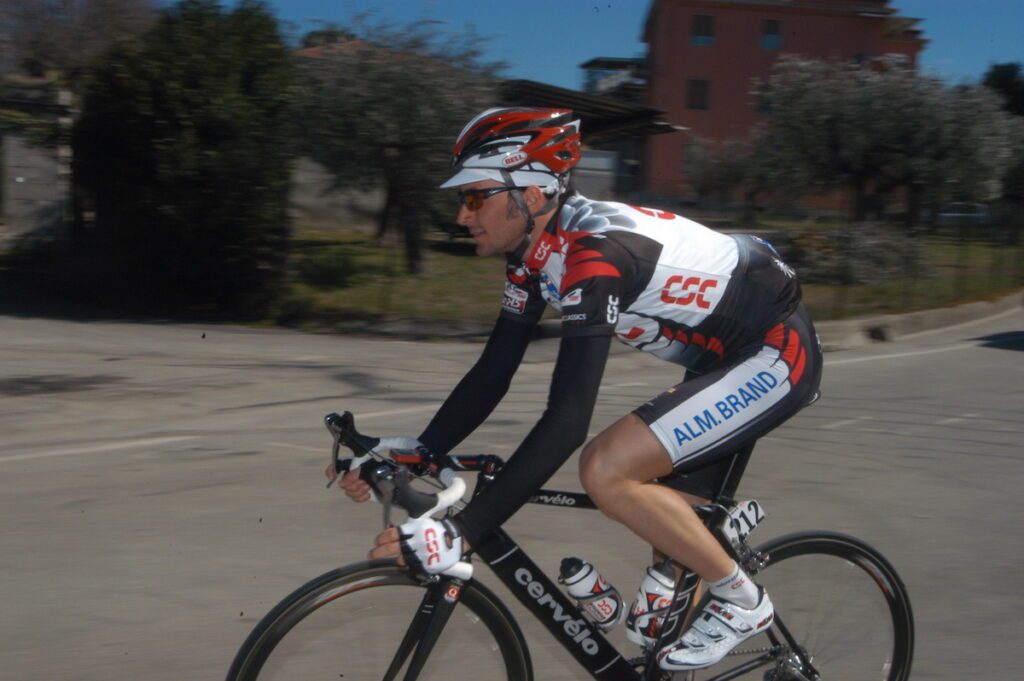When launching a new bike, the bike industry has a well worn playbook. Brands will talk about how the bike was developed in response to a request from pro riders or the demands of a particular race. They will tout the pro team’s involvement in the development process, and then highlight how the new bike was tested in prototype form at the highest level to validate the design. But with their latest release, the Soloist, Cervelo is upfront about the fact that it’s not for the Pro riders of Jumbo Visma exactly. The pros on Cervelo’s current team have their pick of the all out aero S5 or the lightweight R5, depending on the day’s parcours. No, the new Soloist is made more for us everyday riders, who still like to go fast even if we don’t have a pro contract.
You may remember the original Soloist, which was ridden by Team CSC in the early to mid 2000’s to plenty of stage and race victories. But arguably the original Soloist’s real claim to fame is that it was the bike most responsible for introducing and popularizing the idea of the aero road bike. A pretty consequential shift in road bike development. Despite bearing an old name, this new Soloist has little in common with its progenitor. It’s a completely new bike.
Forging a new path
The genesis of the new Soloist actually goes back as far as late 2018, before the current R5 and S5’s design were finalized, when Cervelo was looking at the road map for their line up. Up to that time, Cervelo (like many other brands) had always started with a top tier bike, finalized that design, and then built more value oriented versions based on the top model by using more affordable carbon fiber material, simplifying lay up, and other cost saving measures to hit price points. However, Cervelo’s Engineering Manager Scott Roy, along with Director of Product Management Maria Benson pushed for a new development path, one that gave the mid tier models its own purpose built design, rather than adapting from the top level. The reason? Design freedom.
As Roy puts it, adapting a design across multiple tiers places limits on what one could do, “Objectively it’s a lot harder to do, you end up with a worse bike. If you start with an initial concept sketch, like the R5, and think there is not only going to be a 5 level product, but also worry about needing to do a lower level product, there are things you can’t do from a very early stage in the…
Click Here to Read the Full Original Article at Canadian Cycling Magazine…

